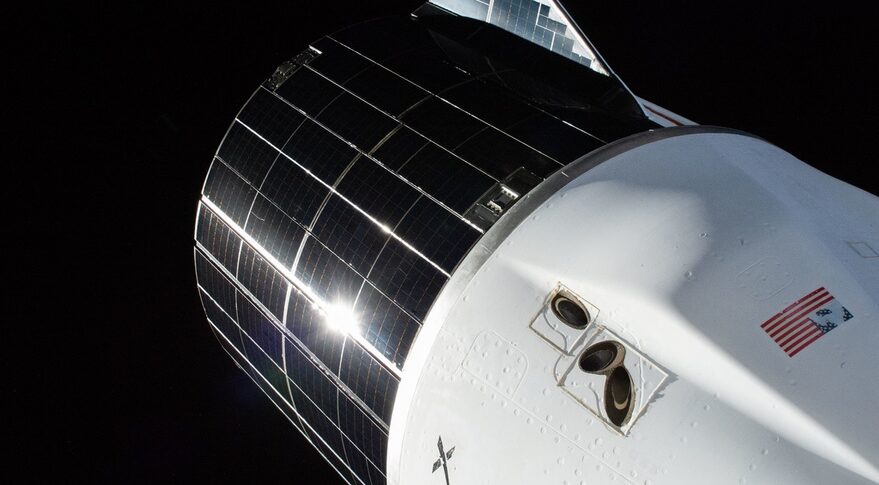
Cargo Dragon mission postponed to investigate potential propellant leak (Image Credit: Space News)
WASHINGTON — NASA and SpaceX have postponed the launch of a cargo Dragon mission to the International Space Station after discovering a potential propellant leak in the spacecraft’s thrusters.
In a statement late June 6, NASA said the launch of the CRS-25 mission, which had been scheduled for June 10, would be postponed after detecting “elevated vapor readings” of monomethyl hydrazine (MMH) in a portion of the spacecraft’s Draco thruster system. The cause of the elevated reading is under investigation.
The Dragon spacecraft uses Draco thrusters for orbital maneuvers, including approaching and departing the space station and to deorbit at the end of the mission. The thrusters use MMH and nitrogen tetroxide propellants, a storable, hypergolic combination. The cargo version of Dragon lacks the more powerful SuperDraco thrusters SpaceX developed for the abort system on the Crew Dragon spacecraft.
NASA said the elevated readings were detected when propellant was loaded into the spacecraft, but did not state when that took place other that the problem was “identified over the weekend.” NASA and SpaceX officials said they met June 6 to discuss the issue “and the best path forward.”
The agency said that the MMH and nitrogen tetroxide propellants had been offloaded from Dragon to allow engineers to investigate the problem. “Once the exact source of the elevated readings is identified and cause is determined, the joint NASA and SpaceX teams will determine and announce a new target launch date,” it stated.
The Dragon will deliver more than two tons of supplies and equipment to the ISS. Among the science payloads on the mission, highlighted in a NASA briefing June 2, include an Earth science instrument that will study mineral dust in the atmosphere, experiments to study how sutured wounds heal in microgravity and aging of the immune system, and a student-developed experiment that will use biopolymers to create bricks from materials like those found in lunar and Martian regolith.
The thruster problem is the second issue to involve a Dragon spacecraft in recent weeks. NASA said May 24 that SpaceX was replacing the heat shield structure for the next Crew Dragon spacecraft, which will launch in September on the Crew-5 mission. That heat shield failed an acceptance test earlier in May.
NASA revealed the heat shield issue in a statement that denied a published report that there had been a leak of hypergolic propellants during the reentry of the Crew Dragon spacecraft that flew the Ax-1 private astronaut mission in April, damaging the heat shield.
“The data associated with Dragon’s recent crew reentries was normal — the system performed as designed without dispute,” the agency stated last month. “There has not been a hypergol leak during the return of a crewed Dragon mission nor any contamination with the heat shield causing excessive wear.”








